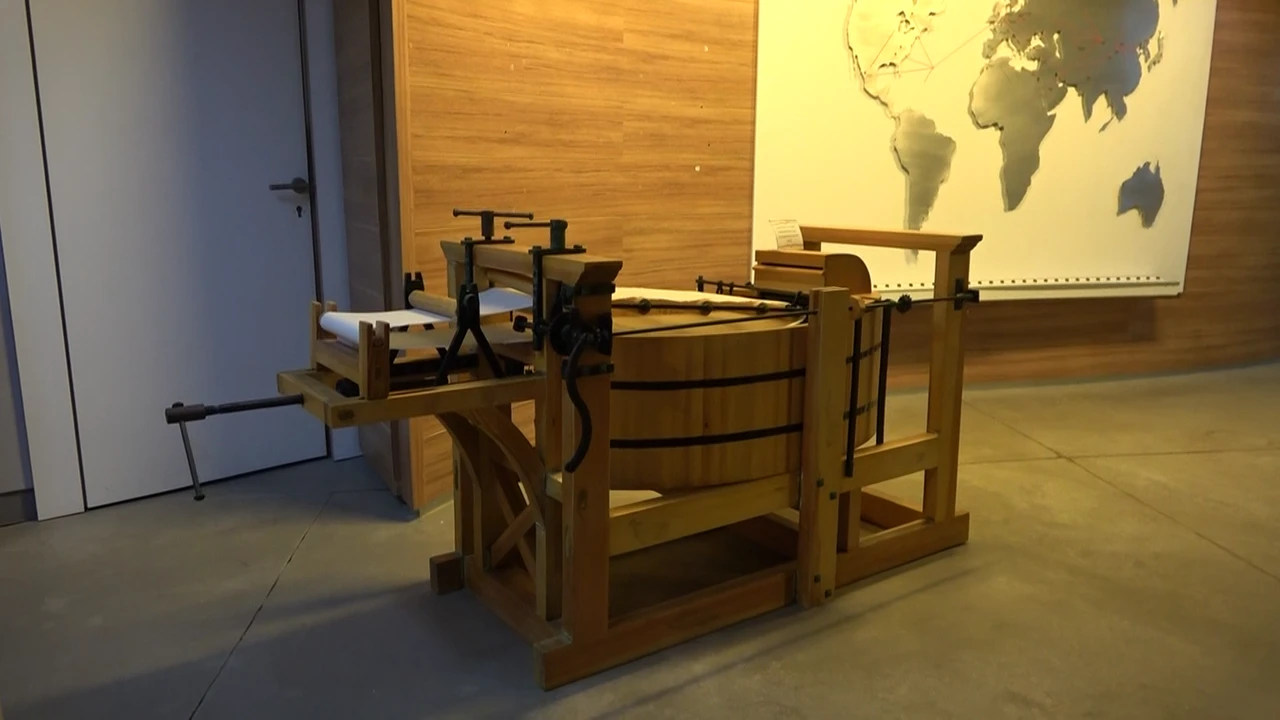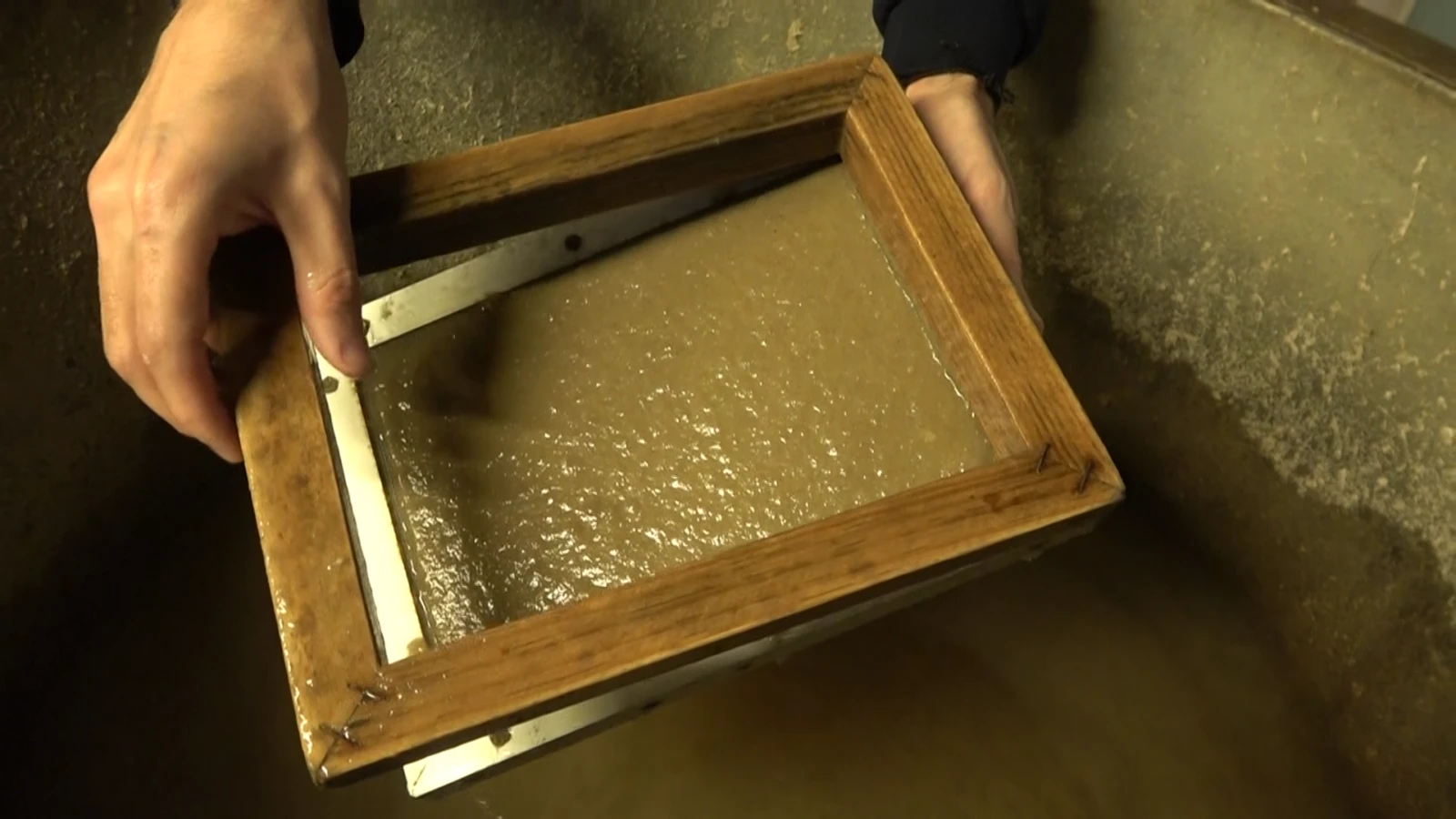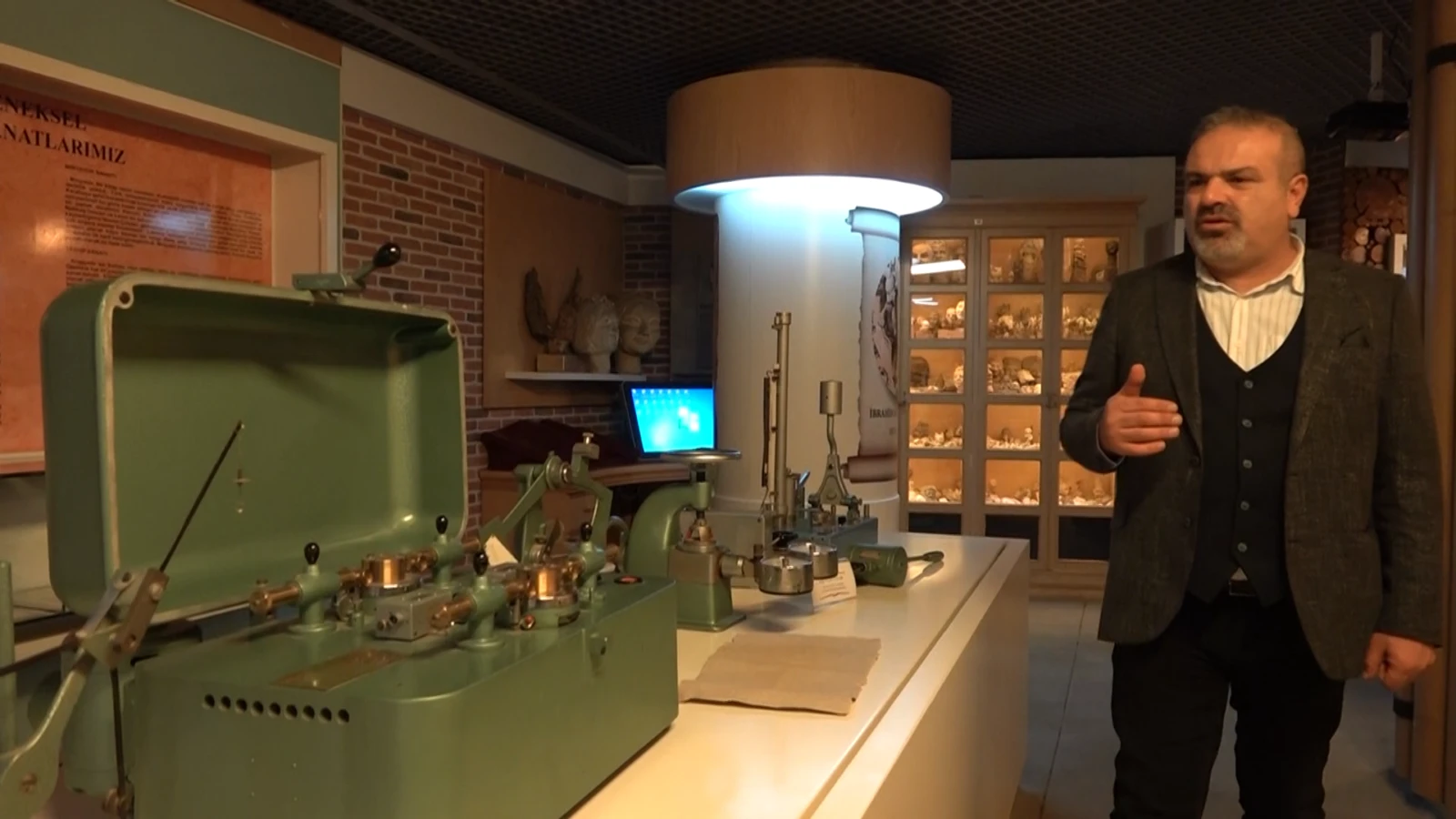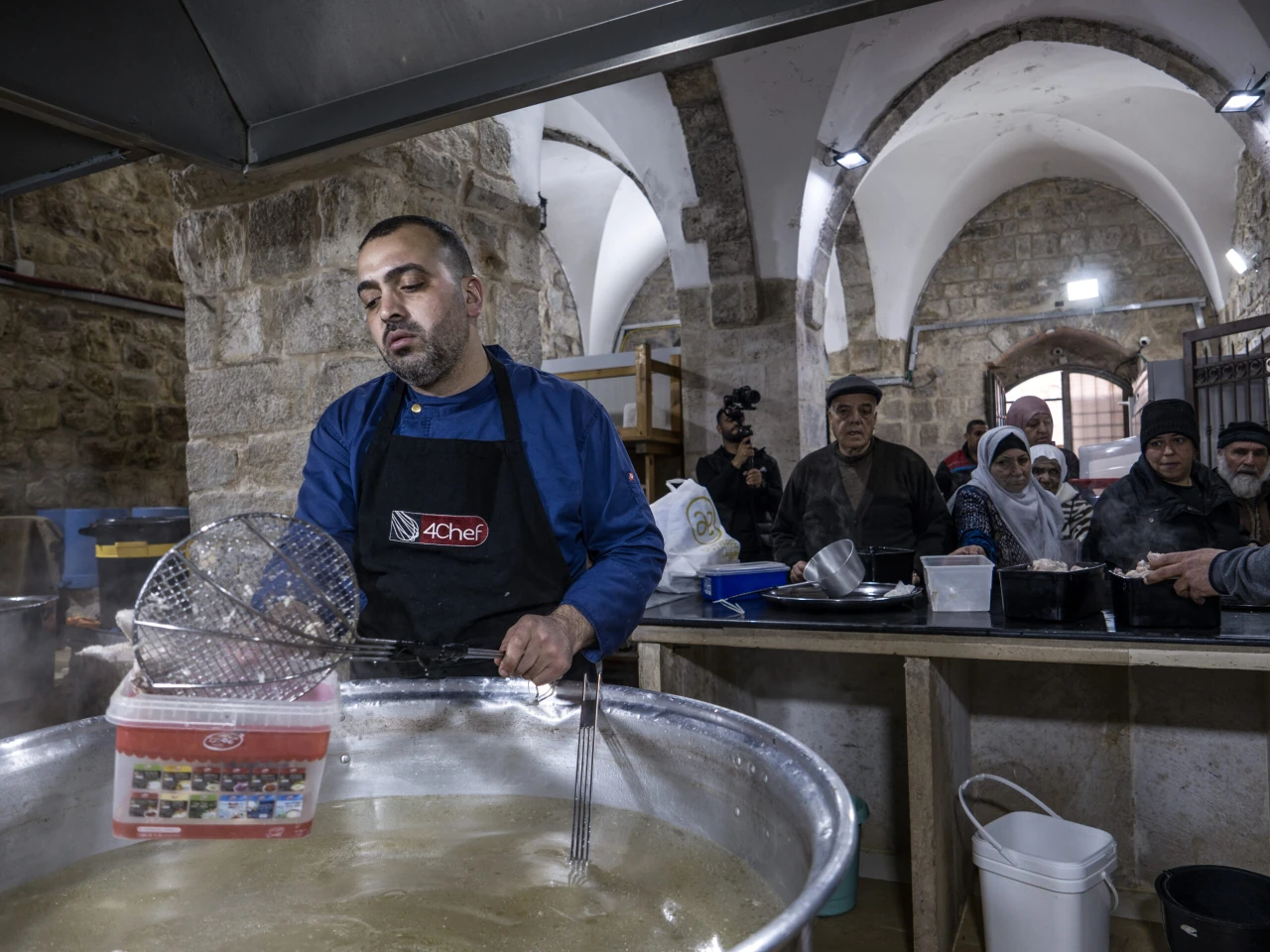Türkiye’s first paper museum keeps Ottoman papermaking tradition alive
 Exhibition area at Türkiye's first paper museum, Yalova. (IHA Photo)
Exhibition area at Türkiye's first paper museum, Yalova. (IHA Photo)
Since opening its doors in 2013, the Ibrahim Muteferrika Paper Museum in Yalova has attracted millions of visitors, offering a unique glimpse into the Ottoman Empire’s traditional paper-making techniques.
As Türkiye’s first and one of only three paper museums in the country, it plays a crucial role in reviving the long-forgotten Yalova Kagithanesi (Paper Mill) and safeguarding centuries-old craftsmanship.

Aiming to supply handmade paper to the Middle East
Museum Director and Art Historian Aytekin Vural highlighted the institution’s growing impact, stating: “We travel across Türkiye to educate people about paper-making. Many of our trainees have gone on to establish their workshops. Our museum has evolved into a thriving educational hub, embracing the concept of a ‘living museum.'”
Vural emphasized that Türkiye had long relied on imported handmade paper, which was essential for calligraphers, marblers, miniature artists, and traditional artisans. “Now, Türkiye is producing its own handmade paper, and we are proud that some of our former students are contributing to this industry. Our goal is to establish hundreds of workshops and dominate the market, even expanding into the Middle East by supplying paper crafted using these traditional methods from Yalova,” he added.

Committed to authenticity in traditional paper-making
The museum remains steadfast in preserving authentic Ottoman-era paper-making techniques. “Ibrahim Muteferrika established a paper mill on the banks of the Hirka Stream in Yalova to meet the printing press’s paper demands. Historical records confirm that production continued for 15 years with a team of 12 craftsmen working tirelessly,” Vural explained.
He further noted that the museum strives to maintain these historical practices. “We meticulously follow traditional methods, ensuring that our paper-making remains true to Ottoman craftsmanship. Over time, the museum has also become an academic institution, providing structured training in this unique art. We believe that our efforts will help elevate Yalova’s cultural significance on a global scale.”

Discovery of original Kagithane site
Recent archival research has confirmed the exact location of the historical Yalova Kagithanesi. “We have discovered indisputable evidence proving that the original paper mill was not in Elmalik but rather in the city center near the site of an old watermill,” Vural revealed.
“We obtained original title deeds and documents from the Turkish Grand National Assembly Library and Ottoman archives. These findings confirm that a watermill powered by mountain-fed streams operated just a few hundred meters from our current museum.”
“Remarkably, the mill remained intact until 1994, and we now have its plans and photographs. This breakthrough will allow us to reconstruct the historical paper mill, creating a landmark that will boost tourism and further establish Yalova as a center for paper-making education,” he stated.

Sustainable innovation: Paper from fabric waste
In response to global environmental concerns, the museum has also pioneered an eco-friendly initiative. “To raise awareness of the world’s rapidly depleting resources, we have successfully produced paper from discarded textiles instead of conventional materials,” Vural added.



